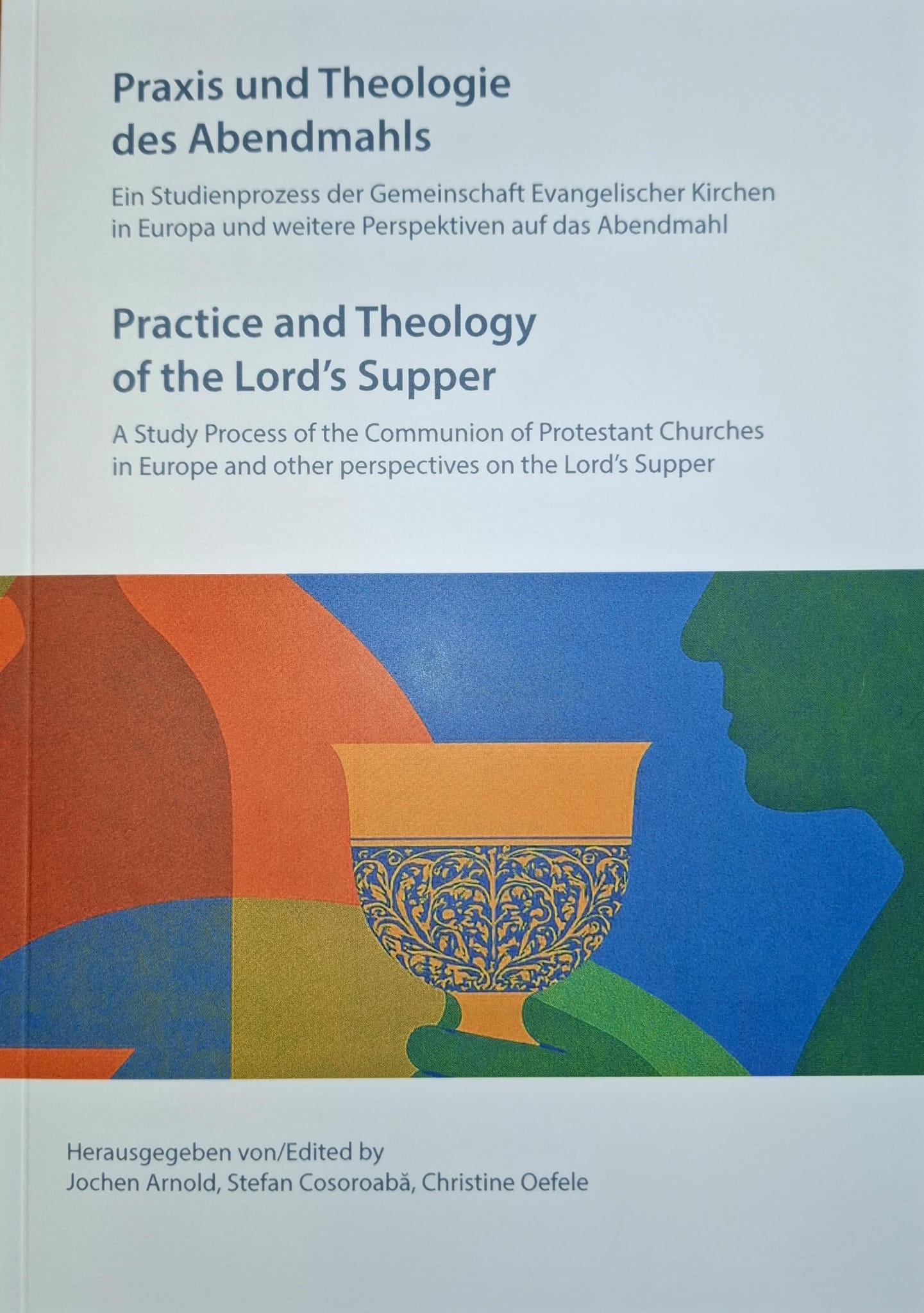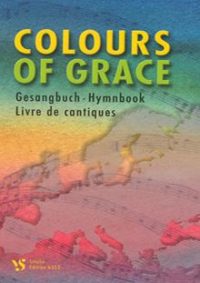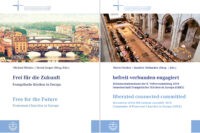Practice and Theology of the Lord's Supper, (edited by Jochen Arnold, Stefan Cosoroaba, Christine Oefele)
Theology usually comes first when dealing with a church-related topic. This work was different: starting from liturgical practice, the working group explored the central theological elements of worship and concluded that openness in dealing with forms is important, but that the words of institution, the prayer of thanksgiving, the Lord's Prayer and the epiclesis should not be omitted from a Protestant service.
The working group also addressed the question of how to deal with unbaptised people and baptised people who no longer have any connection to the church when it comes to communion. How open should the church be? Should it open its doors (be welcoming) or should it actively invite people in, thereby also drawing attention to the liturgical and missionary activities of the church?
How inviting can a communion service be to occasional visitors who are unfamiliar with the procedures? How does the communion community change when children are included? What music is appropriate? How should the church look in order to be inviting?
At the end of the book, there are two articles on inclusive worship that focus on the aspects of healing and music. This is because the CPCE member churches want the Eucharist to be inclusive in the name of the one who preached love for one's enemies.
____________________________________________________________________________
Praxis und Theologie des Abendmahls, (hg. Von Jochen Arnold, Stefan Cosoroaba, Christine Oefele)
Meist steht bei einem kirchlichen Thema die Theologie an erster Stelle. Bei dieser Arbeit war es anders: von der liturgischen Praxis ausgehend tastete sich die Arbeitsgruppe an die zentralen theologischen Elemente des Gottesdienstes heran und stellte fest, dass Offenheit im Umgang mit Formen wichtig sei, allerdings dürften Einsetzungsworte, Dankgebet, Vaterunser und Epiklese in einem evangelischen Gottesdienst nicht fehlen.
Die Arbeitsgruppe beschäftigte sich auch mit der Frage, wie der Umgang mit Nichtgetauften und Getauften, die keinen Bezug mehr zur Kirche haben, beim Abendmahl in der Praxis aussehen könnte. Wie offen soll Kirche sein? Soll sie die Türen öffnen (be welcoming) oder soll sie aktiv einladen (to invite), womit auch das liturgische und missionale Handeln Kirche in den Blick kommen.
Wie einladend kann eine Abendmahlsfeier auf Gelegenheitsbesucher-innen wirken, die mit den Abläufen nicht vertraut sind? Wie verändert sich die Abendmahlsgemeinschaft, wenn Kinder mit einbezogen werden? Welche Musik ist passend? Wie muss die Kirche auch optisch wirken, um einladend zu sein?
Am Ende des Buches finden sich zwei Beiträge zum inklusiven Gottesdienst, die die Aspekte Heilung und Musik fokussieren. Denn die GEKE-Mitgliedskirchen wollen, dass das Abendmahl im Namen dessen, der die Liebe zu den Feinden predigte, inklusiv sei.
Additional information
| Weight | 414 g |
|---|---|
| Dimensions | 21 × 15 × 2 cm |



